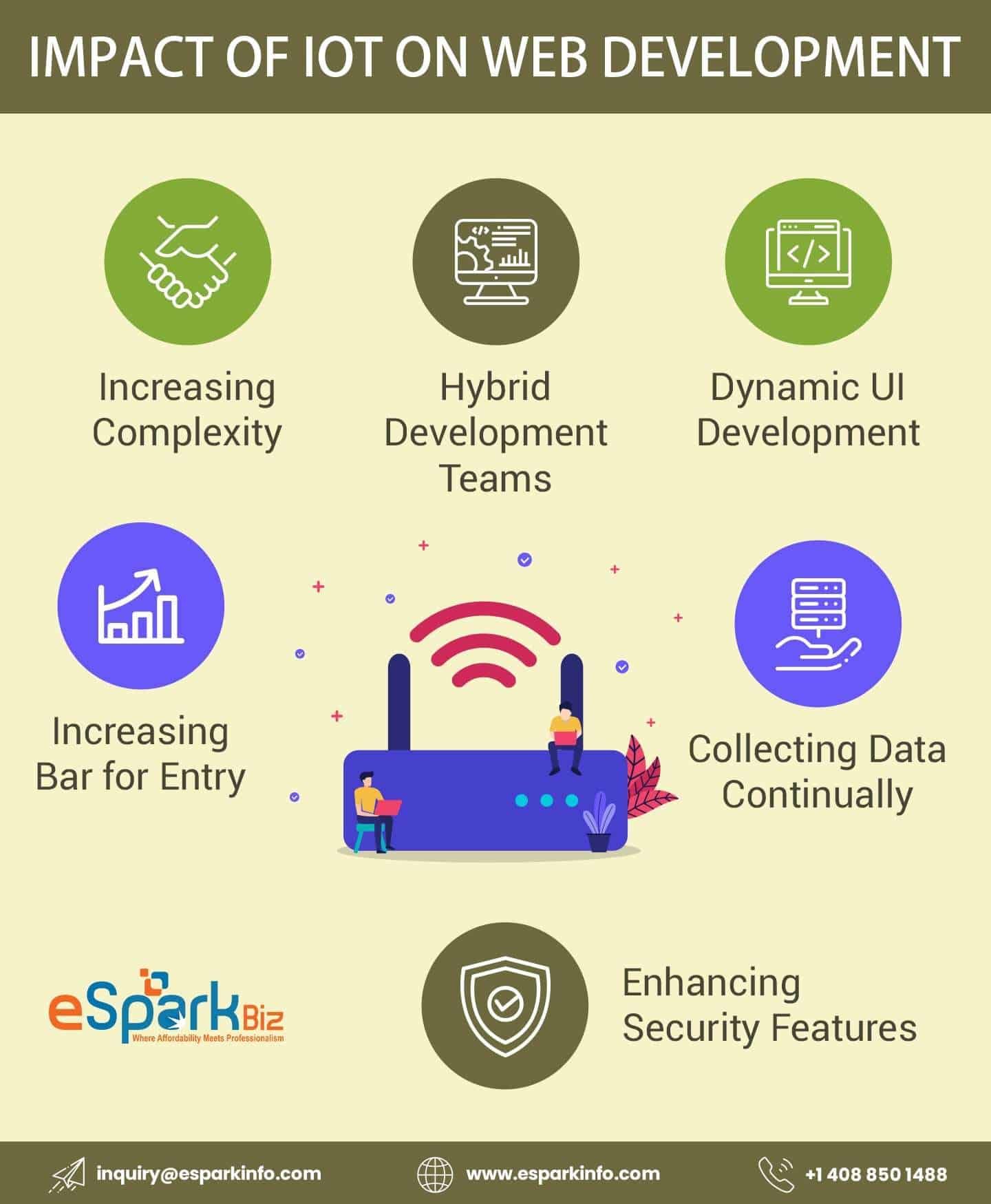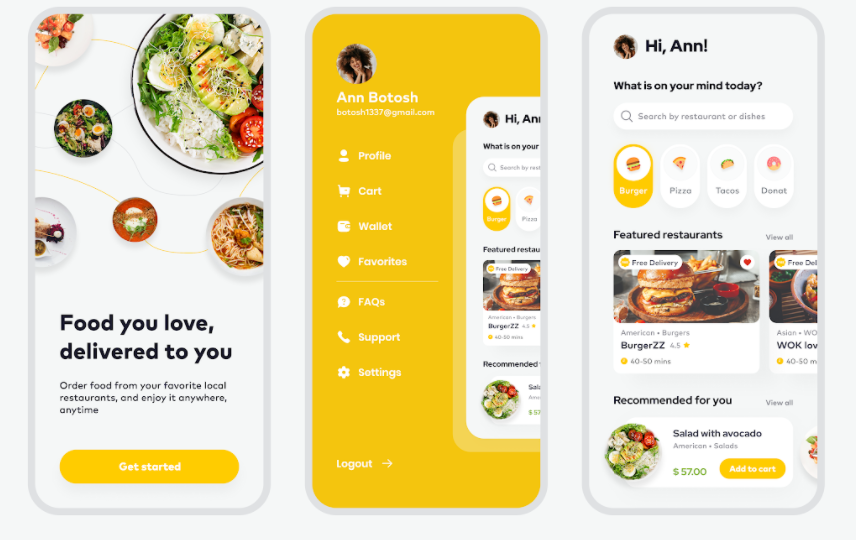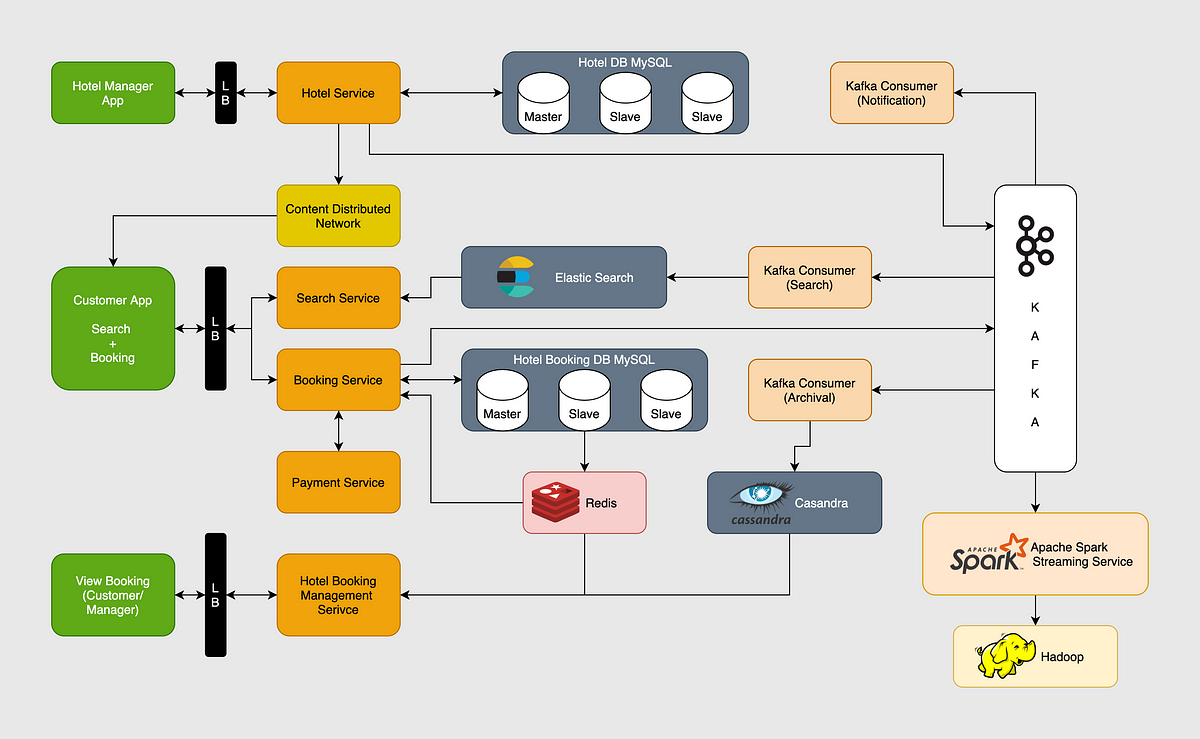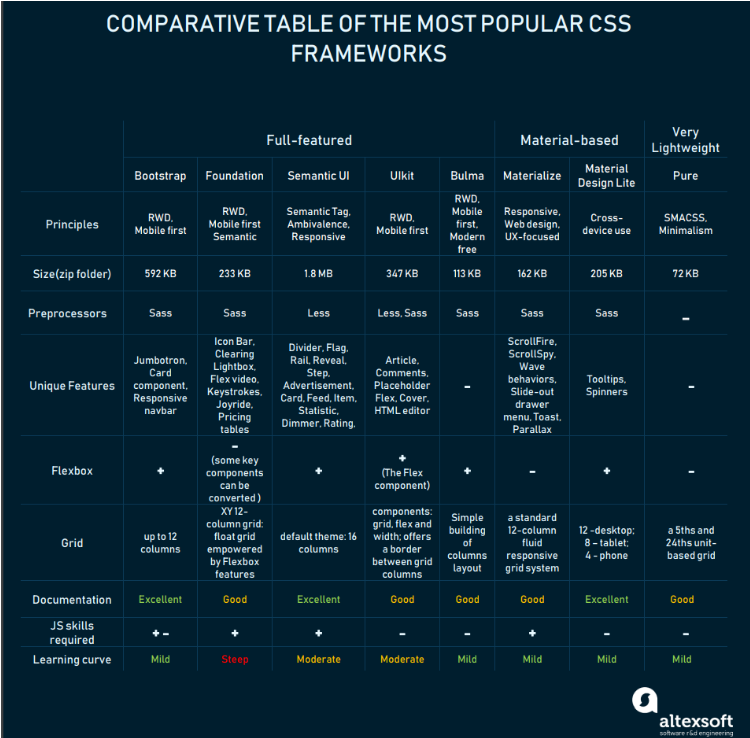In today’s rapidly evolving technological landscape, the Internet of Things (IoT) has emerged as a game-changer, revolutionizing the way we interact with devices and the world around us. At the heart of this revolution lies front-end development, a crucial aspect often overlooked in the world of IoT. In this blog post, we’ll delve into the significance of front-end development for IoT interfaces, exploring its challenges, opportunities, and best practices.
Understanding IoT Interfaces
Before we delve into the world of front-end development for IoT, let’s first understand what IoT interfaces are and why they matter. IoT interfaces serve as the bridge between users and the vast network of interconnected devices. These interfaces can take various forms, including mobile apps, web applications, and even voice-activated assistants like Alexa.
The primary goal of IoT interfaces is to enable users to control, monitor, and interact with smart devices effortlessly. Whether it’s adjusting the thermostat, checking home security cameras, or tracking fitness data, the user interface plays a pivotal role in making these interactions intuitive and user-friendly.
The Challenges of IoT Front-End Development
Developing front-end interfaces for IoT presents a unique set of challenges that set it apart from traditional web or mobile app development. Here are some of the key challenges:
- Device Diversity: IoT encompasses a vast array of devices with different screen sizes, resolutions, and input methods. Front-end developers must ensure that their interfaces are responsive and adaptable to this diversity.
- Connectivity Issues: IoT devices often rely on various communication protocols like Wi-Fi, Bluetooth, or cellular networks. Front-end developers must handle potential connectivity issues gracefully and provide a seamless user experience, even in offline scenarios.
- Security Concerns: IoT devices are vulnerable to security threats, and front-end interfaces are often the entry point for malicious attacks. Developers must implement robust security measures to protect user data and device integrity.
- Real-Time Data: Many IoT applications require real-time data updates. Front-end developers must design interfaces that can handle real-time data streams efficiently, providing users with up-to-the-minute information.
Best Practices for IoT Front-End Development
Now that we’ve discussed the challenges, let’s explore some best practices for front-end development in the IoT space:
- Responsive Design: Prioritize responsive design principles to ensure that your interface functions seamlessly on various devices. Use frameworks like Bootstrap or Flexbox to create flexible layouts.
- Progressive Web Apps (PWAs): Consider building Progressive Web Apps to enable offline access and improved performance. PWAs can deliver a native app-like experience through web browsers.
- Data Visualization: IoT often involves complex data sets. Use effective data visualization techniques to present information in a clear and digestible manner, such as charts, graphs, and dashboards.
- Voice and Gesture Controls: As IoT interfaces evolve, voice and gesture controls are becoming more prevalent. Incorporate these technologies where relevant to enhance user convenience.
The Role of UX Design
User experience (UX) design is inseparable from front-end development in the IoT realm. A well-designed UX can make or break the success of an IoT interface. Here are some UX considerations for IoT front-end development:
- User-Centric Design: Understand the needs and preferences of your target users. Conduct user research to create interfaces that are intuitive and user-friendly.
- Minimize Cognitive Load: IoT interfaces should be designed to minimize cognitive load. Users should be able to perform tasks with minimal effort and cognitive strain.
- Accessibility: Ensure that your IoT interfaces are accessible to all users, including those with disabilities. This includes providing alternative text for images, keyboard navigation, and compatibility with screen readers.
- Feedback and Error Handling: Provide clear feedback to users when they perform actions and handle errors gracefully. Users should always know the status of their interactions with IoT devices.
Conclusion
Front-end development for IoT interfaces is a dynamic and evolving field with immense potential for innovation. As IoT continues to integrate into our daily lives, the role of front-end developers in creating seamless and user-friendly interfaces becomes increasingly vital.
By understanding the unique challenges and opportunities presented by IoT, embracing best practices, and prioritizing user experience, front-end developers can contribute to the success of IoT applications and help shape a future where interconnected devices enrich our lives in unimaginable ways.






